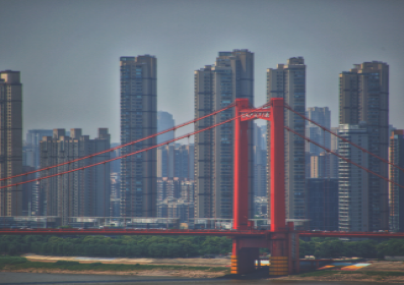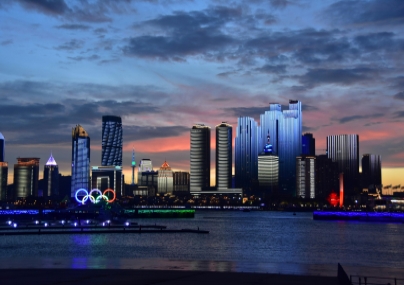China has ordered all its provinces and regions to establish "ecological red lines" that will put large parts of the country off-limits to development, state media has said, part of its efforts to conserve resources and improve the environment.
In a policy document published by state news agency Xinhua late on Tuesday, China's cabinet said all regions were under instruction to decide on their "red lines" before 2020.
The heavily industrialized region of Beijing-Tianjin-Hebei in northern China, as well as the Yangtze River delta manufacturing hub near Shanghai, have been ordered to demarcate their protected zones by the end of 2018, the document said.
Breakneck rates of industrialization and urbanization have left China with profound land and water shortages, as well as rising rates of desertification and serious pollution problems.
Plans to draw up "ecological red lines" were first announced in 2011, when it was said that decades of "irrational development" had put China's environment under severe strain.
Sichuan province in southwest China announced last October it would implement a red line system to restrict development on 197,000 sq km (76,062 square miles) of land, 40.6 percent of its total territory and an area bigger than the whole of Syria.
Shaanxi province in the northwest has also promised to protect grasslands, natural forests and wetlands amounting to 38.6 percent of its total area, while central Hubei province has announced plans to protect 33.4 percent of its territory.
It is not yet known whether the "ecological red line" policy will have an impact on a similar system for agriculture aimed at guaranteeing food security, long regarded as a key source of political legitimacy in the world's most populous nation.
China has to feed nearly a quarter of the world's population with just 7 percent of the world's arable land. It has already vowed to maintain current rates of grain output while controlling its use of pesticides and fertilisers.
Beijing has also promised to increase total forest coverage from 21.66 percent in 2015 to 23.04 percent by the end of 2020.


